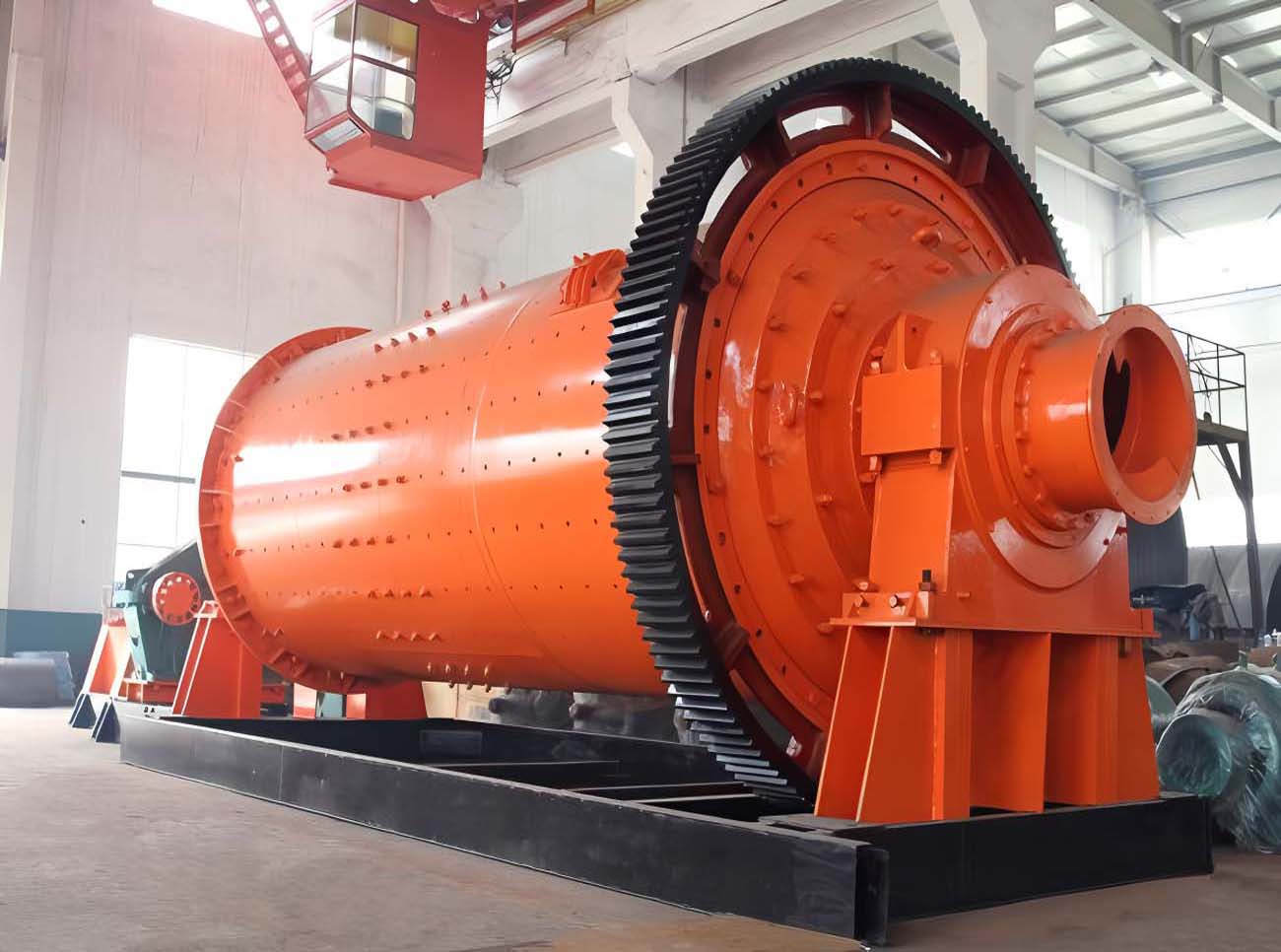Meet the Rod Mill: The "Gentle Giant" Grinding Rocks to Build Your Favorite Spaces
Ever wondered where the smooth gravel in your neighborhood park, the fine sand in a new building’s concrete, or even the mineral powder in your phone’s battery comes from? Spoiler: It’s not magic—it’s often the work of a rod mill—a bulky, rotating machine that looks like a giant metal drum, but acts like a precision tool for “polishing” rocks into useful materials. Let’s dive into why this underrated equipment is a star in mining, construction, and beyond.
First, let’s demystify how it works. Imagine a long, cylindrical drum (some are as tall as a two-story house!) filled with thick, steel rods—think of them as oversized “rolling pins” for rocks. When the drum spins slowly, the rods lift and tumble, gently crushing and grinding raw materials like limestone, iron ore, or granite. Unlike other grinders that smash rocks into jagged pieces, the rod mill’s secret is its “gentle” action: the rods roll over materials instead of slamming them, creating uniformly sized particles with smooth edges. That’s why it’s the go-to for products that need consistency—like the gravel that keeps park paths from getting muddy, or the mineral powder used in ceramics.
But don’t let “gentle” fool you—this machine is a workhorse. A single industrial rod mill can process up to 200 tons of raw rock per hour, turning boulders into usable materials in hours that would take humans weeks. Take a recent mining project in Australia, for example: A gold mine swapped its old crusher for a new rod mill, and not only cut down on waste (since the mill grinds more rock into usable ore) but also reduced damage to the gold particles inside. “We used to lose small bits of gold because our old machine crushed too hard,” says the mine’s operations manager. “The rod mill’s rolling action keeps the gold intact—boosting our output by 12%!”
The rod mill’s superpower isn’t just in mining, though. It’s a hero in construction too. When building highways, crews need gravel of a specific size to make asphalt that’s strong but flexible. A rod mill ensures every piece of gravel fits that exact standard, so the road doesn’t crack in cold weather. In pottery, it grinds clay into a fine powder that’s smooth enough for artists to shape—no lumps, no inconsistencies. Even in water treatment, it grinds limestone into powder that helps purify drinking water by neutralizing acids.





